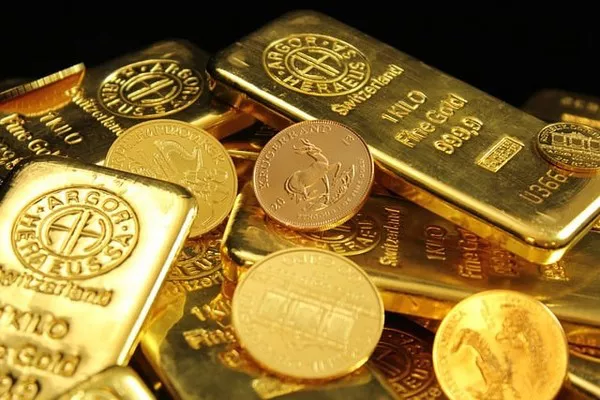In times of economic upheaval, investors scramble for safe havens to protect their wealth. Among the myriad of options, gold emerges as a steadfast refuge, historically weathering storms of inflation, currency devaluation, and stock market crashes. In this comprehensive analysis, we delve into the dynamics of gold amidst economic collapse, examining its historical resilience, impact on the economy, and its performance in the face of crises.
1. Gold as a Safe Haven
Historical Evidence:
Throughout history, gold has stood as a bastion of stability during economic turmoil. The 2008 financial crisis provides a compelling case study, where gold’s price surged from approximately $730 per ounce at the beginning of 2008 to over $1,100 by the end of 2009. This dramatic increase underscores gold’s allure as a store of value when traditional assets falter. Similarly, during the stagflation of the 1970s, gold soared from $35 per ounce in 1970 to $850 by 1980, emphasizing its role as a stabilizing asset amidst economic uncertainty.
High Inflation and Uncertainty:
Gold tends to thrive during periods of high inflation and economic ambiguity. Its price movements during turbulent times often reflect investors’ flight to safety. While other assets may falter, gold’s intrinsic value remains intact, making it an attractive hedge against rising prices and financial uncertainty.
2. Gold’s Historical Performance
Bretton Woods System and 2008 Crisis:
Significant economic events, such as the collapse of the Bretton Woods system in 1971 and the 2008 financial crisis, have had profound effects on gold’s value. Over the past two decades, gold has demonstrated an average annual return of approximately 9-10%, outperforming major stock indices like the S&P 500 and bond yields. This consistent performance underscores gold’s status as a reliable long-term investment.
Stability vs. Volatility:
In contrast to the volatility of the stock market, gold exhibits remarkable stability. Its unique volatility index reveals a steadier value relative to other assets, making it an attractive option for risk-averse investors seeking to preserve wealth during uncertain times.
3. Gold’s Impact on the Economy
Global GDP Contribution:
Major gold-producing countries such as China, Australia, and the United States play a significant role in the global GDP through gold mining and trade. The gold industry generates employment, drives economic growth, and contributes to government revenues in these countries.
Central Bank Reserves:
Central banks hold substantial gold reserves, which influence monetary policies and international financial stability. The United States, Germany, and the International Monetary Fund (IMF) are among the top holders of gold reserves, underscoring its importance in the global financial system.
Currency Correlation:
Gold prices often mirror changes in major currencies like the Euro and USD during economic instability. As currencies fluctuate, investors turn to gold as a reliable store of value, driving demand and influencing its price.
4. Gold When the Dollar Collapses
Inverse Relationship: In the event of a U.S. dollar collapse, gold typically gains value. Investors perceive gold as a safe haven asset during periods of currency weakness or economic turmoil, leading to increased demand and upward pressure on prices.
Rising Inflation: A falling dollar often results in rising inflation, further bolstering gold prices. As fiat currencies lose purchasing power, investors seek refuge in gold to preserve wealth and hedge against the erosive effects of inflation.
Increased Mining: Rising demand for gold may incentivize increased mining activities, particularly in the United States. This surge in production could help alleviate inflation-driven price increases, providing a stabilizing influence on the economy.
5. Gold and Stock Market Crashes
Negative Correlation: Stock market crashes typically coincide with rising gold prices. While stocks thrive during periods of economic growth, precious metals like gold shine during financial distress and crisis. Investors flock to gold as a safe haven asset, driving up demand and prices.
See Also How to Tell if Your Necklace is Real Gold: A Complete Guide
Conclusion
In times of economic collapse, gold remains a beacon of stability amidst uncertainty. Its historical performance, intrinsic value, and global significance make it an essential asset for investors seeking to safeguard their wealth. Whether facing inflation, currency devaluation, or stock market turmoil, gold stands strong as a reliable hedge against economic upheaval. As the world trembles, gold shines as a steadfast refuge for investors navigating turbulent financial waters.


